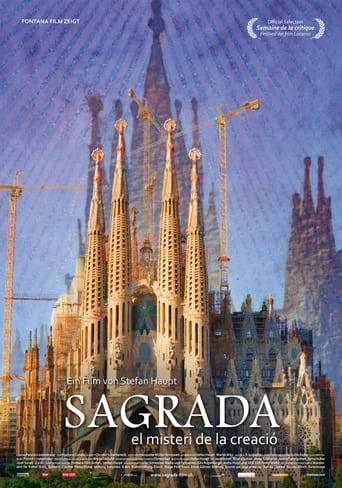
Sagrada - The Mystery Of Creation
August. 04,2012Gaudi's Sagrada Familia has been continuously under construction since 1882.
Similar titles

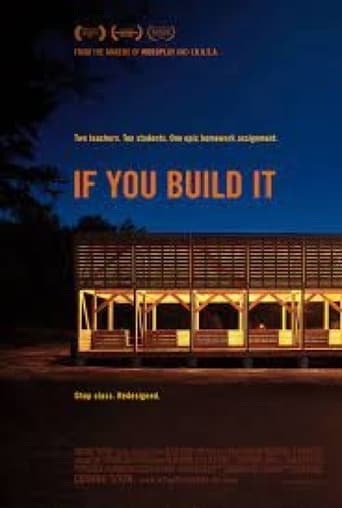

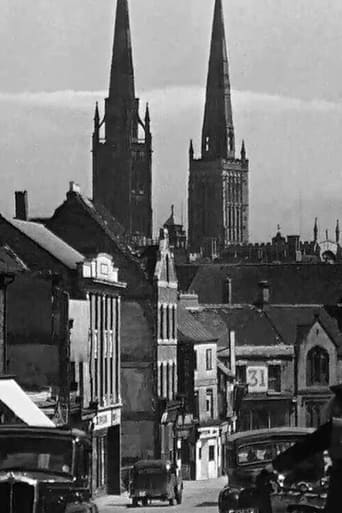

You May Also Like


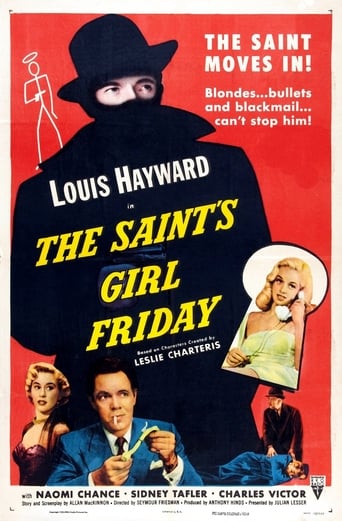

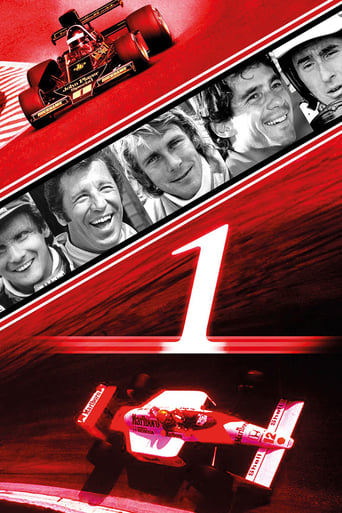
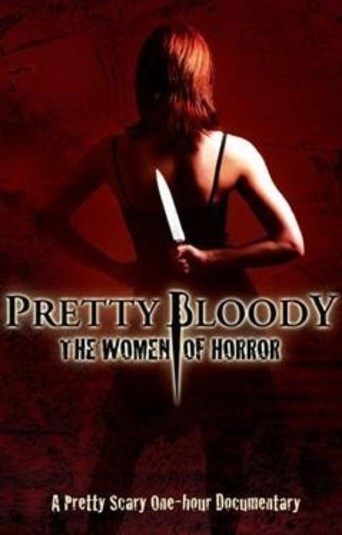
Reviews
i must have seen a different film!!
Wow! What a bizarre film! Unfortunately the few funny moments there were were quite overshadowed by it's completely weird and random vibe throughout.
An old-fashioned movie made with new-fashioned finesse.
It’s sentimental, ridiculously long and only occasionally funny
I love Sagrada Familia and felt totally overwhelmed when I toured this gorgeous church several years ago. Because it is such a special and breathtaking place, I was excited when I saw this documentary on Netflix. However, I was shocked because although this is a wonder of the modern world, the filmmakers managed to make it completely boring and awful. The biggest problem in the English language version is that the narrator's voice is sleep-inducing. It's really hard to grasp any sense of wonder or majesty when it sounds like Ben Stein is narrating a documentary about the history of calligraphy!! Also, so much of the film is just long and dull. Surely there is a better documentary about Sagrada Familiar!! My advice is seek that out or, better yet, go to Barcelona (if possible) and see it yourself. But, most importantly, skip this tedious film.
You could be forgiven if you came away from this film thinking Franco destroyed Gaudi's models of Sagrada Familia. He did not. While the film doesn't explicitly say Franco did, it doesn't tell us who did. And of the Spanish Civil War era, it only mentions Franco and his suppression of Catalonian culture. This leaves the viewer to draw the conclusion that it must have been Franco's supporters who did it. Google the actual history for details.However, this is a decent documentary about Sagrada Familia. I find it interesting to contrast the obvious stunning results of Gaudi (which I've visited in person twice) with the inferior results produced by the modern artists asked to provide their add ons. One can lay the people in question out on a spectrum of sorts based on degree of religiosity:Gaudi, the devout Catholic and the obvious creative genius of the bunch.Etsura Sotoo, the current sculptor who is a Japanese Catholic convert whose actual faith is unclear (he explicitly linked his conversion to imitating Gaudi in order to continue the work as Gaudi would have done) and who obviously does not believe Christianity's claim to exclusive truth (hence his call for temples in other faith traditions).Joan Vila-Grau, the stained glass artist who doesn't mention faith, and notes that he's guided by his own personal vision of art and a desire to create an "atmosphere" instead of symbols.Josep Maria Subirachs, the contemporary sculptor and an avowed agnostic who nevertheless boasted of his appropriateness for a religious commission.It shouldn't be entirely surprising that the artistic quality of the results fall largely along this spectrum as well, from Gaudi to Subircachs (whose work was described as "pitiful" even by one of his fellow original signatories of a manifesto against completing the church). It's also worth noting that same spectrum charts how these people see themselves in relationship to authority. Gaudi the devout Catholic lived under the authority of God and the Church, and literally drawing his designs from what he saw as God's superior design of nature. Sotoo the imitator of man who sees himself himself under the authority of both Gaudi's vision and the stone he himself carves, one who produces the serviceable imitative infill which is his goal. Then there's Vila-Grau's pursuit of this own vision, which produces what I believe to be a beautiful end product, though one that nevertheless fails to touch the human spirit in a profound way. And then of course there is Subirachs. God is Gaudi's master. Gaudi is Sotoo's, and Vila-Grau and Subirachs answer only to themselves (though Vila-Grau at least took Gaudi's plans as input). Curious, isn't it?The filmmakers arranged it such that most of the external commentators were somewhat critical of the Sagrada project. This is somewhat understandable given that the insiders are all in the tank for the project as it were. But it would have been nicer to get a wider range of views.Yet these critiques, along with statements by Vila-Grau and Subirachs, are illuminating as they show that the people making them fail to understand the reason why the add on artwork doesn't resonate like Gaudi. It isn't just a matter of talent or genius, though obvious Gaudi was a singular talent. It's also that while espousing everything from pantheism to the universal brotherhood of humanity, most of their arguments are in fact anti-human, as they deny the essential human longing for transcendence. For example, some claim the church either should not have been finished, or should have been finished via contemporary add ons. But the former would have left it as a monumental ruin to a particular time and place. The latter would have created a chimera of multiple styles that would nevertheless be anchored in those specific periods. Neither would have any transcendent connection beyond its milieu.Gaudi by contrast was a genius in that while incredibly innovative and of his era in many ways, he also designed Sagrada Familia in a recognizably Catholic style. This creates a building that links it to the eternal, anchoring it not just in the 2000 year history of the Christian church, but also the grand story arc of God's creation from "let there be light" to the eschaton. It also functionally links to the transcendent in typical Catholic style, such as by literally drawing our eyes heavenward, or by imagery such as representations of the saints that stress the unity of Christians across all space and time and the mystic union with Christ. Conversely, for all their universalist rhetoric, the critics, by demanding contemporary style, sunder us from any connection to the past or future, to the people coming before or after us. They limit us only to our present moment and experience. Vila-Grau talked about having to work within his own vision and style. How then is he supposed to offer us transcendent experience? He can't even transcend the limits of himself!This humanism is thus ultimately anti-human, as we all clearly long for more than that contained with ourselves. Oscar Tusquets Blanca, one of the signatories of the La Vanguardia manifesto, hints at this 2011 essay in Domus called "In-finite Architectures" (google it). He repudiated his previous stance against completion of the church, but recognizes that completion will be a challenge given that the art world has fully gone over to what we might call the Subirachs mindset, saying, "The main Glory facade has yet to be built. Finding a contemporary artist anywhere in the world capable of taking on this task is the biggest challenge now faced." I've argued elsewhere that Sagrada Familia may end up as modern mankind's last great artistic statement for God (google it). One need not believe in God to mourn (as Nietzsche did) what the loss of that faith implies.
Top Streaming Movies













